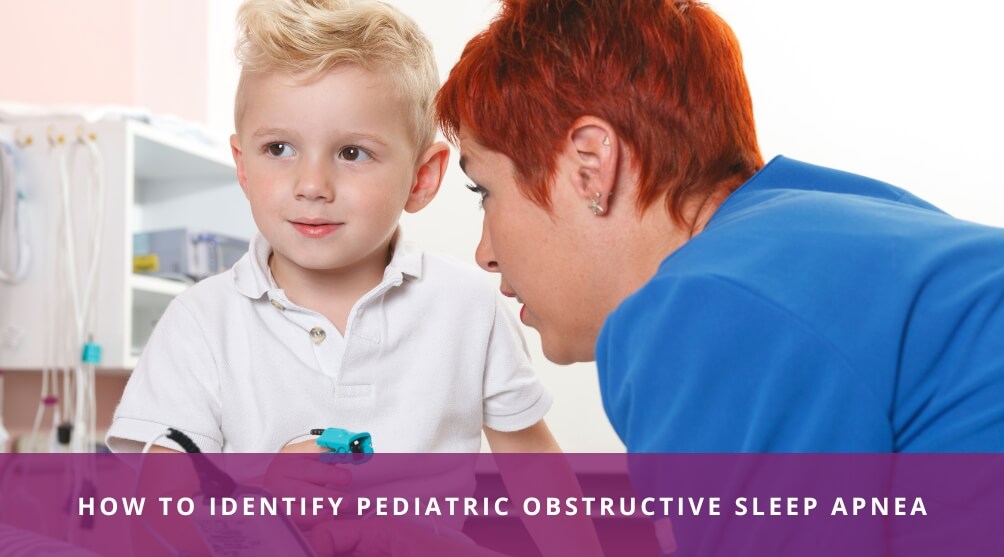How to Identify Pediatric Obstructive Sleep Apnea
Pediatric obstructive sleep apnea isn’t common, but it affects around 2 to 3% of children. The condition is most common among children between 2 to 6 years old and refers to a condition where breathing stops wholly or partially while asleep.
Visit us at the Richardsons Dental and Craniofacial Hospital to learn more about pediatric obstructive sleep apnea symptoms, including pediatric obstructive sleep apnea diagnosis and surgery. A pediatric obstructive sleep apnea specialist will be exclusively assigned to observe your child’s condition and suggest necessary treatment. Our experts are happy to help you understand the problem, including pediatric obstructive sleep apnea treatment and pediatric OSA surgery cost.
In such a condition, breathing usually stops if there is an obstruction or blockage in the airway.
There are a few differences between obstructive sleep apnea in adults and children. For instance, while adults experience daytime sleepiness, kids tend to have behavioral issues. Among adults, obstructive sleep apnea is mainly caused by obesity, but the most common reason for the disorder among children is an enlargement of the tonsils and adenoids. When diagnosed and treated efficiently from the very beginning, you can prevent further complications that could otherwise affect a child’s cognitive development, growth, and behavior.

What Are the Symptoms of Pediatric Obstructive Sleep Apnea?
If you suspect your child could have pediatric obstructive sleep apnea, we suggest consulting a doctor immediately to prevent further complications. Look for symptoms such as restless sleep, pause while breathing, snoring, nighttime sweating, bedwetting, sleep terrors, breathing through the mouth, snorting, coughing, and choking. Young children and infants with obstructive sleep apnea don’t often snore. Instead, they experience a disturbed sleeping pattern. During the day, a child suffering from obstructive sleep apnea could be hyperactive, perform poorly at school, have trouble paying attention, have behavioral issues, face learning difficulties, and gain weight.
What Causes Pediatric Obstructive Sleep Apnea?
Enlarged tonsils and adenoids are the most common reasons for pediatric obstructive sleep apnea. It could cause the airway to be blocked and obstruct breathing while asleep. Throughout the day, the muscles in the neck and head keep a human being’s airway passages open. When a child with obstructive sleep apnea is asleep, their muscle tone decreases, bringing the tissues closer, and causing an airway blockage.
Other causes of pediatric obstructive sleep apnea include high muscle tone (cerebral palsy), low muscle tone (neuromuscular diseases), growth or tumor in the airway, obesity, retrognathia, a narrow facial bone structure, and a history of cleft palate.

